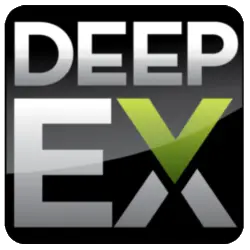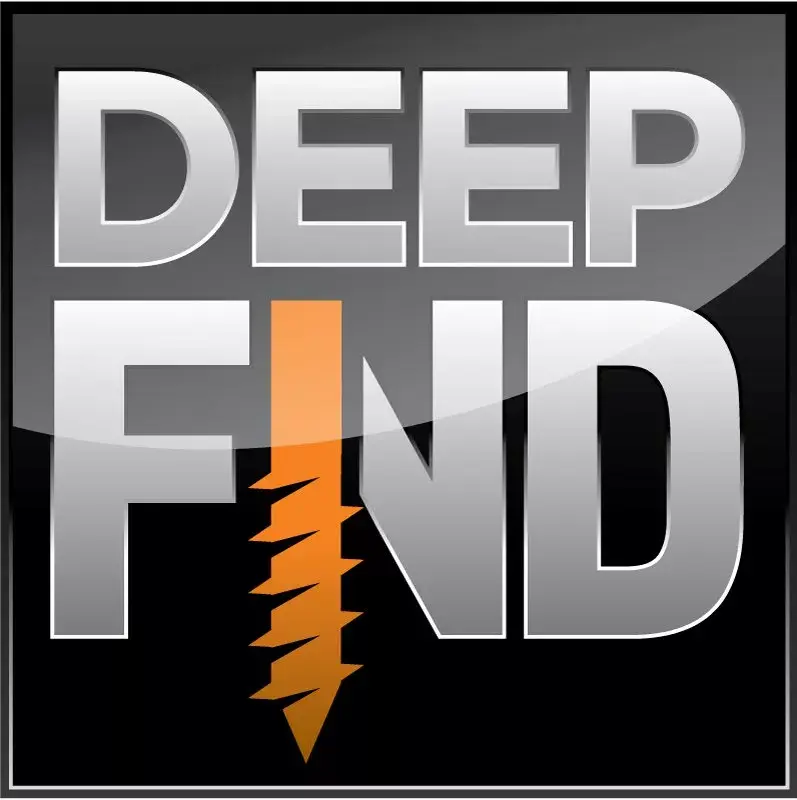Lack of Geotehnical Data
- deepexcavation
- Oct 21, 2023
- 2 min read
Updated: Nov 10, 2023
No geotechnical data - the lack of proper geotechnical data in shoring designs.
This appears to be the issue that most deep excavation/shoring designers and contractors are concerned about. Too often, a shoring designer is engaged on the last stages of a project, typically retained only by the specialty contractor. In most cases, when geotechnical data is available, it only includes SPT blow counts and limited geological background. Too often boreholes do not extend below (or sufficiently below) the final excavation subgrade. The general recommendations for shoring are often too vague or inappropriate. Here are some examples:
a) Major subway expansion in New York City
A few years ago, a major subway expansion project was constructed in New York city. After almost 100 years of borings at the site, the only available geotechnical data was SPT blow counts. Almost a billion dollars was spent, and there was not a single real strength test performed on soils and rock. In essence, as engineers after 100 years of investigation we learned nothing new.
b) Sewer project in Virginia
Recently in Virginia another sewer project was bid out by a local city. The project required the expansion of a sewer system and excavation to 22 ft depth. There was no geotechnical investigation performed. Some older information from the 1950's was available but not in the area of interest.
c) Highway expansion project
An expansion project at a major highway required excavation support. Close to 20 borings were performed. The geotechnical report had no geotechnical sections developed and no recommendations for strength properties. More importantly ground water levels were not properly established. One had to extrapolate from Google earth and located water pond elevations, and guesstimate groundwater levels.
Conclusions
It might not come as a surprise, but the current state (on average) and quality of geotechnical reports for shoring projects is poor. Clients must be convinced early on to realize the value of a proper geotechnical investigation. At the same time, geotechnical engineers need to raise the bar. If your project might involve an excavation, you can deliver increased value by engaging a shoring expert early on.
Recommendations
Our interest is to raise the level of practice. While this list is not all inclusive, we believe that the following recommendations can provide value to our industry:
a) Engage a shoring professional early on.
b) Go beyond SPT's, try some strength tests for a change.
c) One boring might not be enough.
d) Install open pipe piezometers (at least one), if water might be an issue.
e) Boreholes should extend below the excavation subgrade. Consider extending the boreholes deeper if the client has not yet made up their mind about the final excavation depth.
f) Possibly at a higher level (ASCE, DFI, or other associations) take action to make geotechnical investigations compulsory for certain projects. Perhaps entrench good practice recommendations into building code requirements.
Solutions for Geotechnical Engineering Professionals:

DeepEX: Deep Excavations Design Software

DeepFND: Pile Foundations Design Software

HelixPile Helical Piles Design Software






